We have the answer to this intriguing question
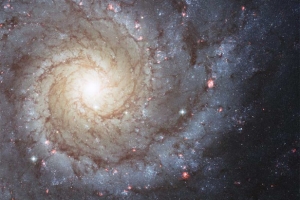 Deep Space
Deep Space

 Deep Space
Deep Space
We have the answer to this intriguing question
 Astronomy
Astronomy
Read on to learn more about the peculiar life of the last great naked eye astronomer
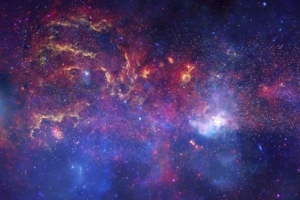 Deep Space
Deep Space
For the first time ionised hydrogen has been detected at the lowest frequency ever towards the centre of our galaxy
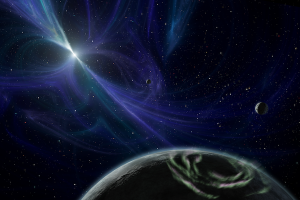 Deep Space
Deep Space
We take a look at the answer to this intriguing question
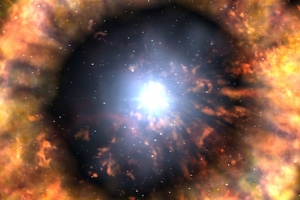 Deep Space
Deep Space
We find out what happens when a star uses up all of its fuel
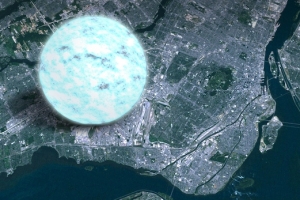 Deep Space
Deep Space
We investigate why this is the case
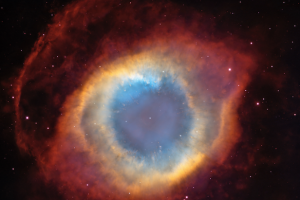 Deep Space
Deep Space
We find out if these beautiful structures are made by the titanic explosion of massive stars
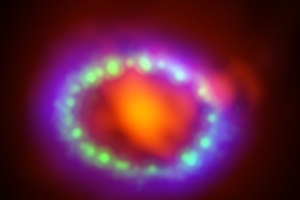 Deep Space
Deep Space
The nearby supernova SN1987A was the subject of X-ray analysis that has led to this discovery
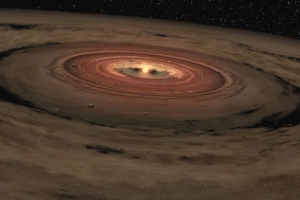 Deep Space
Deep Space
Often found around a star or black hole, we find out what an accretion disc is
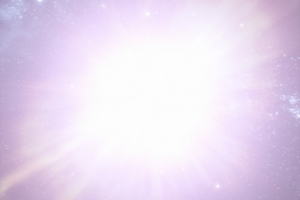 Deep Space
Deep Space
Are these catastrophic explosions really as loud as they look?
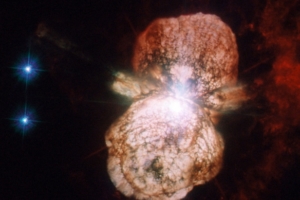 Deep Space
Deep Space
Researchers suggest that Eta Carinae was originally a three-star system, which is what led it to its unusual behaviour
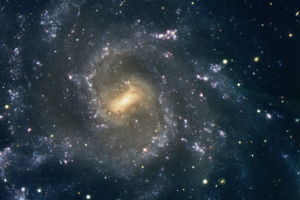 Deep Space
Deep Space
17 years after the initial supernova, astronomers have photographed its companion star for the first time ever
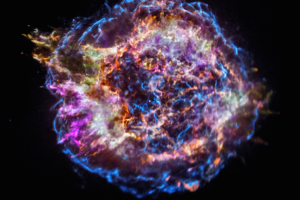 Deep Space
Deep Space
NASA’s Chandra X-ray Observatory has imaged the intricate and energetic features within the supernova remnant Cassiopeia A
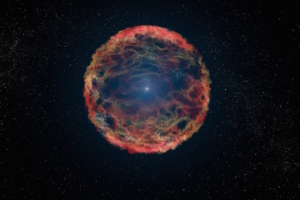 Deep Space
Deep Space
Supernovae traditionally occur once at the end of a star’s life, but this particular star has exhibited multiple supernovae over the last three years
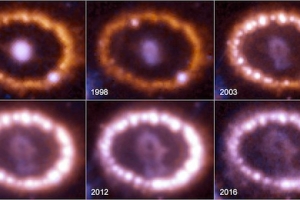 News
News
SN 1987A was the closest observed exploding star to Earth since the invention of the telescope
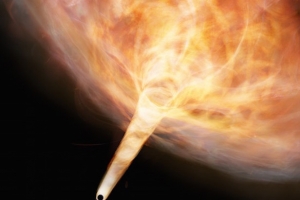 News
News
The new finding marks the beginning of the search for quiet black holes
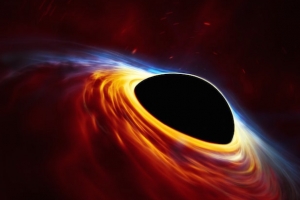 News
News
The mystery extraordinarily brilliant point of light seen in a distant galaxy has been solved
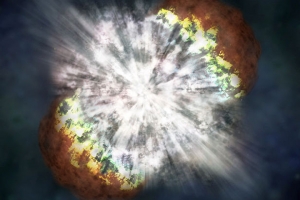 News
News
About 4.6 billion years ago, a cloud of gas and dust that eventually formed our solar neighborhood was disturbed
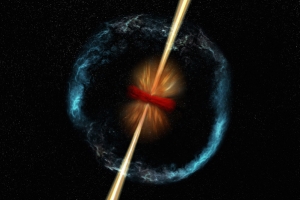 News
News
Astronomers now have the best evidence to date that the energetic events known as gamma-ray bursts produce a very narrow beam or jet
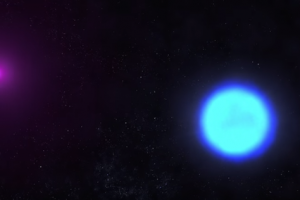 News
News
The dual-star system produces a cyclic flood of gamma rays, the highest-energy form of light